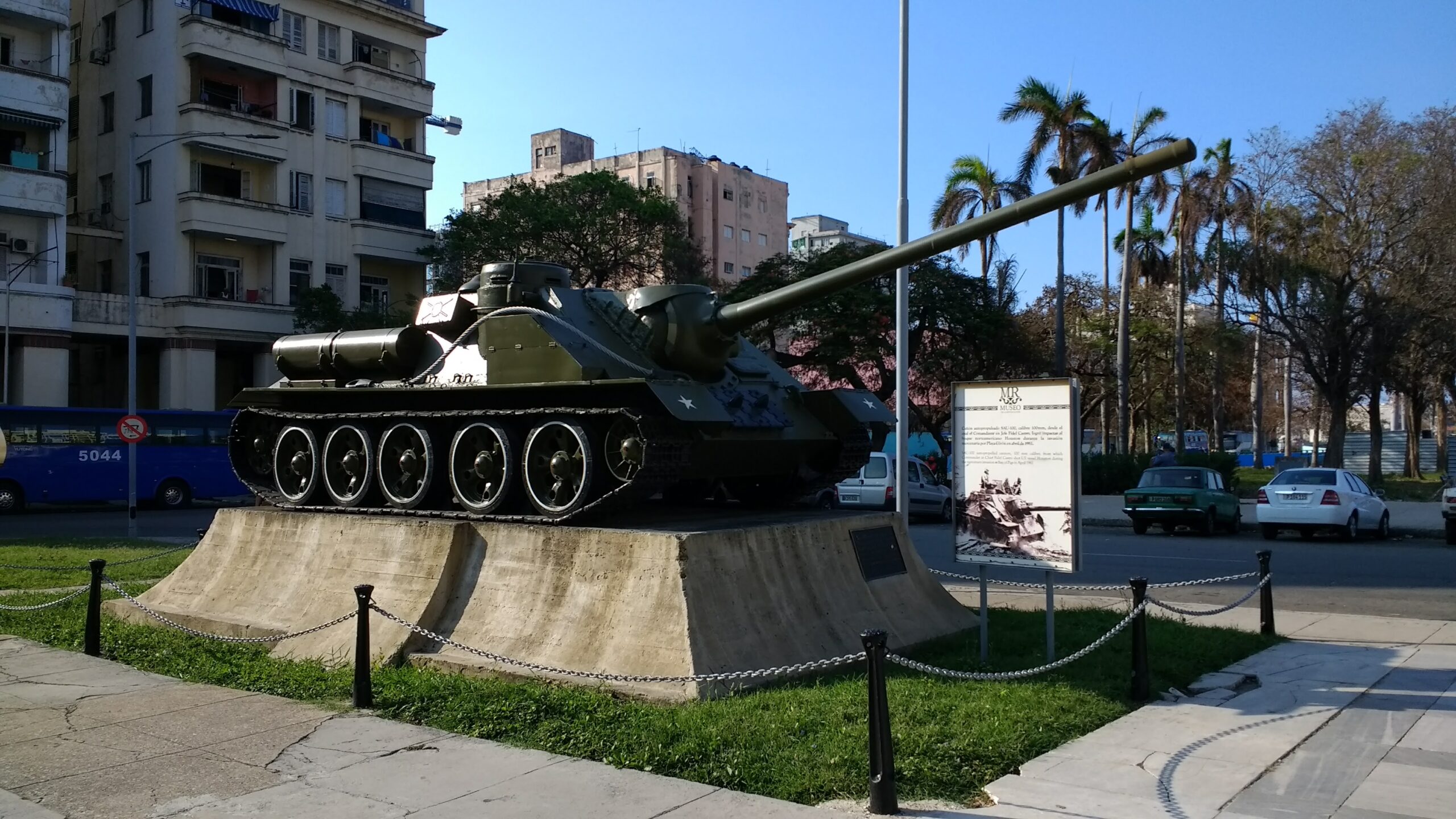The SU-100 from which Fidel Castro reportedly shelled the freighter Houston during morning of 17 April 1961, Photo: Whoisjohngalt / CC BY-SA 4.0 DEED.
“Victory has a thousand fathers; defeat is an orphan.” — John F. Kennedy, in aftermath of the Bay of Pigs Invasion
Brigade 2506, also known as Brigada Asalto 2506, was a group of Cuban exiles sponsored by the Central Intelligence Agency (CIA) with the aim of overthrowing the Cuban government led by Fidel Castro. Codenamed Operation Zapata, the formation of Brigade 2506 began in May 1960 when the CIA started recruiting anti-Castro Cuban exiles in the Miami area. The recruits underwent infantry training at a CIA-run base code-named JMTrax near Retalhuleu in the Sierra Madre on the Pacific coast of Guatemala.
In November 1960, with Gregorio Aguilar Matteo spearheading training with 430 men, the leaders were chosen, and the group was named Brigade 2506. The name was derived from the membership number of Carlos (Carlyle) Rafael Santana Estevez, who had died in a training accident in September 1960.
Key Personnel
The principal commanders of Brigade 2506 were:
- Manuel Francisco Artime Buesa: Political leader
- José Alfredo Pérez San Román “Pepe”: Military commander
- Erneido Andrés Oliva González: Military second-in-command
- Manuel Villafaña Martínez: Commander of the air force
- Ramón J. Ferrer Mena: Chief of staff
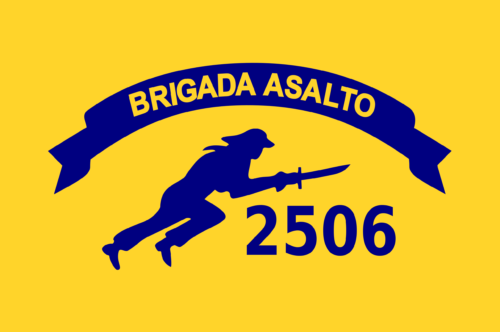
Bay of Pigs Invasion
Brigade 2506 is most known for its role in the Bay of Pigs Invasion, an abortive landing operation on the southwestern coast of Cuba that took place on 17 April 1961. It was planned initially during President Dwight D. Eisenhower’s administration and executed by President Kennedy’s administration.
The Bay of Pigs Invasion was carried out by the Cuban Democratic Revolutionary Front (DRF), consisting of Cuban exiles who opposed Fidel Castro’s Cuban Revolution. The operation was covertly financed and directed by the U.S. government.
Brigade 2506 landed at beaches along the Bay of Pigs and immediately came under heavy fire. Cuban planes strafed the invaders, sank two escort ships, and destroyed half of the exile’s air support.
The invasion force consisted of about 1,500 men. However, they were met with unexpected resistance from Castro’s forces. Despite their training and backing from the CIA, the members of Brigade 2506 were not able to overcome Castro’s forces.
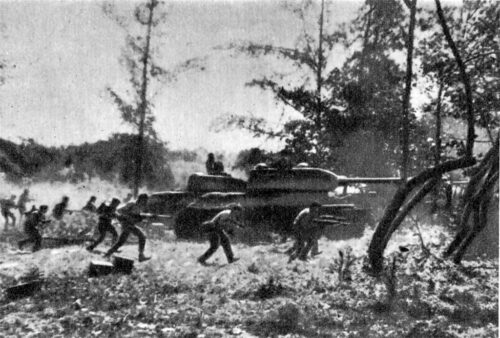
The failure of the Bay of Pigs invasion was a major embarrassment for the Kennedy administration and is seen as a pivotal moment in the Cold War. The event also strengthened Castro’s position in Cuba and led him to seek further support from the Soviet Union, culminating in the Cuban Missile Crisis in 1962.
A combination of factors led to the failure. They include:
- Poor Planning and Execution: The invasion was poorly planned and executed. The plan called for two initial air strikes against Cuban air bases to wipe out Castro’s small air force, followed by the amphibious landing of 1,400 Cuban expatriates. However, the execution did not go as planned.
- Lack of Air Support: The exile army expected U.S. air cover that never arrived. This was a significant setback as air support was crucial for the success of the operation.
- Underestimation of Castro’s Forces: Castro’s military and political strength was underestimated. There was no ready force of Cubans on the island ready to take on the communist dictator.
- Leakage of Information: Even before the operation could be launched, Castro learned through his intelligence channels details of the American-backed plan2. This gave Castro’s forces time to prepare for the invasion.
- Political Pressure and Overconfidence: As is do often the case, there was political pressure and overconfidence involved in the decision-making process.
Aftermath and Legacy
Private sympathizers in the United States eventually negotiated to give $53 million worth of food and medicine in exchange for release and repatriation of Brigade prisoners to Miami starting on 23 December1962. On 29 December 1962, President John F. Kennedy hosted a ‘welcome back’ ceremony for captured Brigade 2506 veterans at the Orange Bowl in Miami. In the ceremony at the Orange Bowl in Miami, Kennedy pledged that the Brigade combat flag would be “returned to this brigade in a free Havana.”
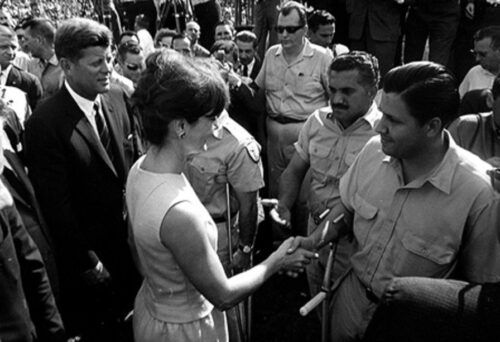
Brigade 2506 played a significant role during a critical period in Cuban history. Despite their unsuccessful attempt to overthrow Castro’s government, their efforts symbolize a powerful resistance against dictatorship. Today, some members have gone on to found the Brigade 2506 Veterans’ Association, which controls the Bay of Pigs Museum & Library in Miami.
The Bay of Pigs Invasion was a significant event in both Cuban and American history. Despite its failure, it continues to be studied for its lessons on military strategy, international relations, and covert operations.
Resource
Bay of Pigs Museum & Library
BayofPigs2506.com
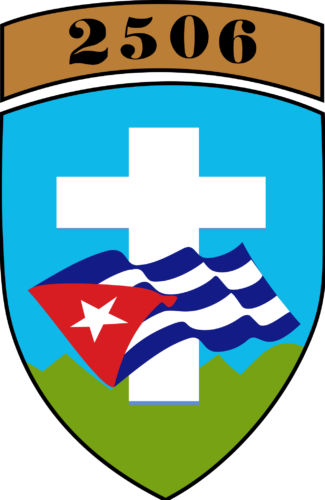
*The views and opinions expressed on this website are solely those of the original authors and contributors. These views and opinions do not necessarily represent those of Spotter Up Magazine, the administrative staff, and/or any/all contributors to this site.

